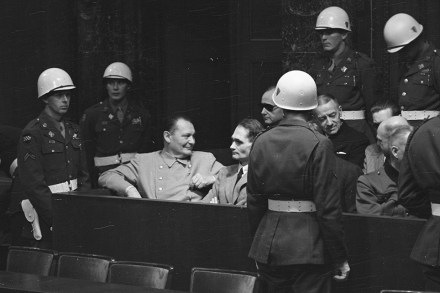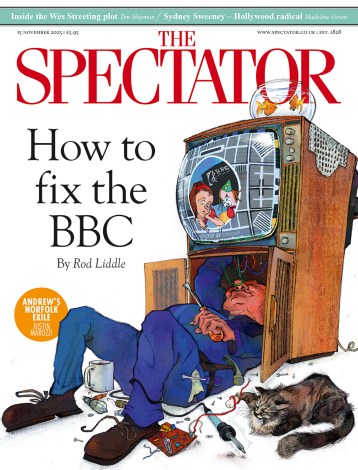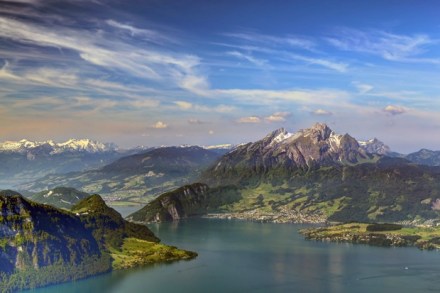The tedium of covering ‘the greatest trial in history’
Three-and-a-half miles south-west of Nuremberg in the small town of Stein stands the Schloss Faber-Castell, a 19th-century neo-Renaissance castle built for a dynasty of pencil manufacturers. In October 1945 it became home to hundreds of reporters who were covering the trial of 21 high-ranking Nazis, including Hermann Göring, Rudolph Hess, Joachim von Ribbentrop, Alfred Rosenberg, Julius Streicher and Albert Speer, with Martin Bormann being tried in absentia. Alfred Döblin offered a first-hand account of the courtroom in which he never set foot Prominent among the reporters were internationally celebrated writers such as John Dos Passos, Rebecca West, Elsa Triolet, Erika Mann and Erich Kästner, as well as the future German chancellor












